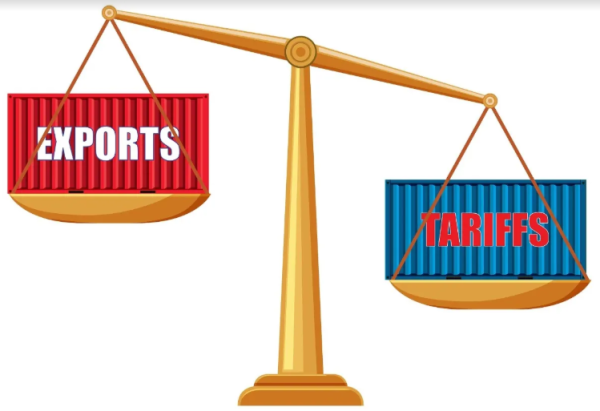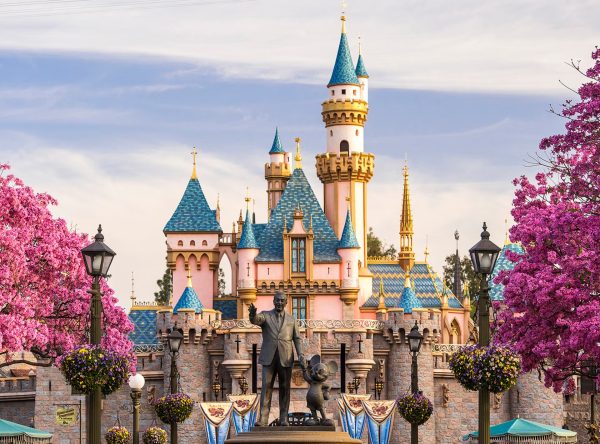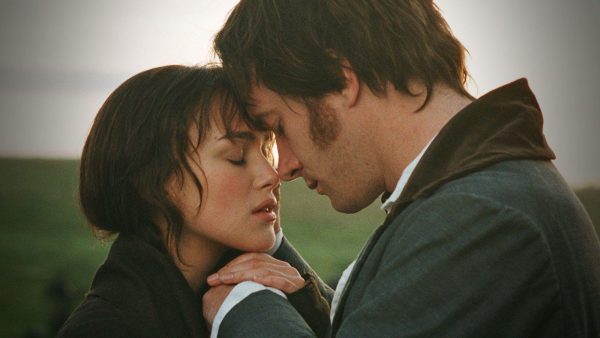God Save The …King?: Heirs to the Throne & New Princesses
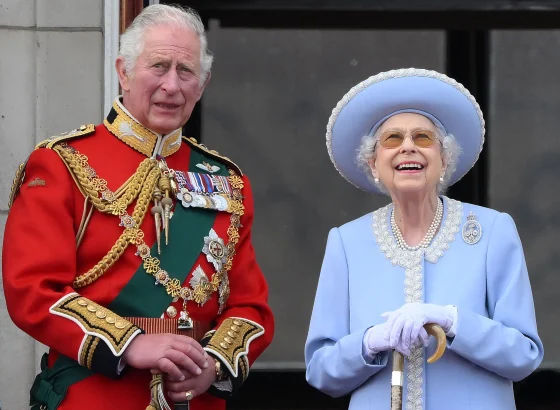
© AFP via Getty Images. The late Queen Elizabeth II and King Charles III during the Platinum Jubilee celebrations in 2022.
October 20, 2022
Queen Elizabeth II, the UK’s longest reigning monarch, has died peacefully at the age of 96, leaving behind a legacy that not only influenced the transformation of the nations she presided over, but every single life she touched.
A young woman who ascended to the throne at just 25 years old would go on to live a remarkable life in full view of the world, while becoming the only monarch that most Britons ever knew.
Elizabeth’s 73-year-old son Prince Charles, soon to be King Charles III, is the new monarch to the British throne. Charles’ second wife, Camilla, will be known as the Queen Consort.
King Charles III said the death of his beloved mother was a “moment of great sadness” for him and his family and her loss would be “deeply felt throughout the country, the realms and the Commonwealth, and by countless people around the world.”
The Queen’s funeral was held on September 19, 2022. – Leah Tsefrikas
Heir to the Throne
Following the death of the Queen, there have been some changes to the line of succession. Immediately upon the death of Her Majesty, the former Prince Charles inherited the throne, becoming His Majesty the King, and adopting the regnal name Charles III. As the wife of the reigning monarch, the former Duchess of Cornwall became the Queen Consort.
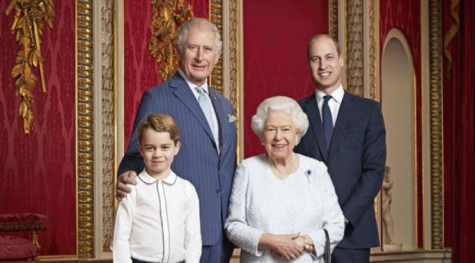
With the ascension of the new monarch, everyone in the line of succession moves up a place. Charles III’s heir is his first-born son, Prince William. Prior to the birth of Prince William’s first child, Parliament passed the Succession to the Crown Act in 2013, replacing the succession rules of male-line primogeniture (place in succession determined first by order of birth, then by gender) with absolute primogeniture (place in succession determined by order of birth regardless of gender). The Succession Act of 2013 only applies to heirs born after October 2011, which means that the late Queen’s daughter Princess Anne is still after her younger brothers, but that Prince William’s daughter Princess Charlotte was not displaced by the birth of her younger brother Prince Louis. Following Prince William, second-in-line to the throne is his son, the nine-year-old Prince George.
New Princesses?
There were also title changes as well: in Charles III’s first address to the nation as King, he created Prince William as the Prince of Wales. Prince William had previously held the title of Duke of Cambridge, which had been granted to him by the Queen upon his marriage to Kate Middleton. He also inherited the Duchy of Cornwall, but because the title “Prince of Wales” ranks higher, that is used.
Kate Middleton’s title has also changed from the Duchess of Cambridge to the Duchess of Cornwall and Cambridge to the Princess of Wales. She is the first ‘official’ Princess of Wales since Princess Diana’s death in 1997, because the British Royal Family had decided to have Camilla known as the Duchess of Cornwall out of respect for Diana’s legacy. And fear of backlash, considering all the interviews and speculations and leaked recordings (See: Camillagate & the Revenge Dress).
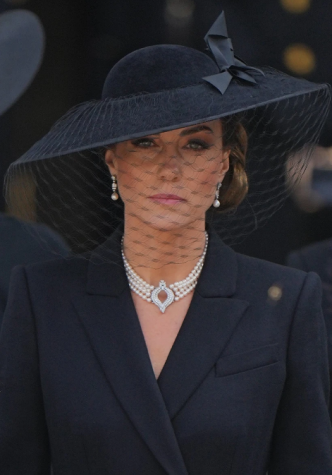
An interesting observation is whether or not the media will begin calling the new Princess of Wales “Princess Kate” like her predecessor. Traditionally, only those born into the Royal Family are referred to as “Princess [Christian name]”, such as Princess Margaret and Princess Charlotte. While the media referred to Lady Diana Spencer as “Princess Diana” following her marriage, she was also not officially “Princess Diana”. Women are granted the feminine version of their husband’s titles, which is why Kate Middleton became the Duchess of Cambridge and the Princess of Wales (and Princess William, but that doesn’t necessarily roll off the tongue.)
Also joining the speculations is the possibility of Prince Harry’s children being granted the titles of “Prince” and “Princess”. The 1917 Letters Patent by King George V decreed that only the children of a Sovereign and the Sovereign’s sons are entitled to “Prince/ss” distinctions. As Charles is now King, the media has now postulated that Prince Harry and Meghan Markle’s children are now Prince Archie and Princess Lilibet. However, the 1917 Letters Patent was created in an effort to limit the size of the British Royal Family, not enlarge it, and has never been applied retroactively. On the Royal Family’s official website, Archie and Lilibet are still styled as “Master Archie Mountbatten-Windsor” and “Miss Lilibet Mountbatten-Windsor”. –Emily Yue





